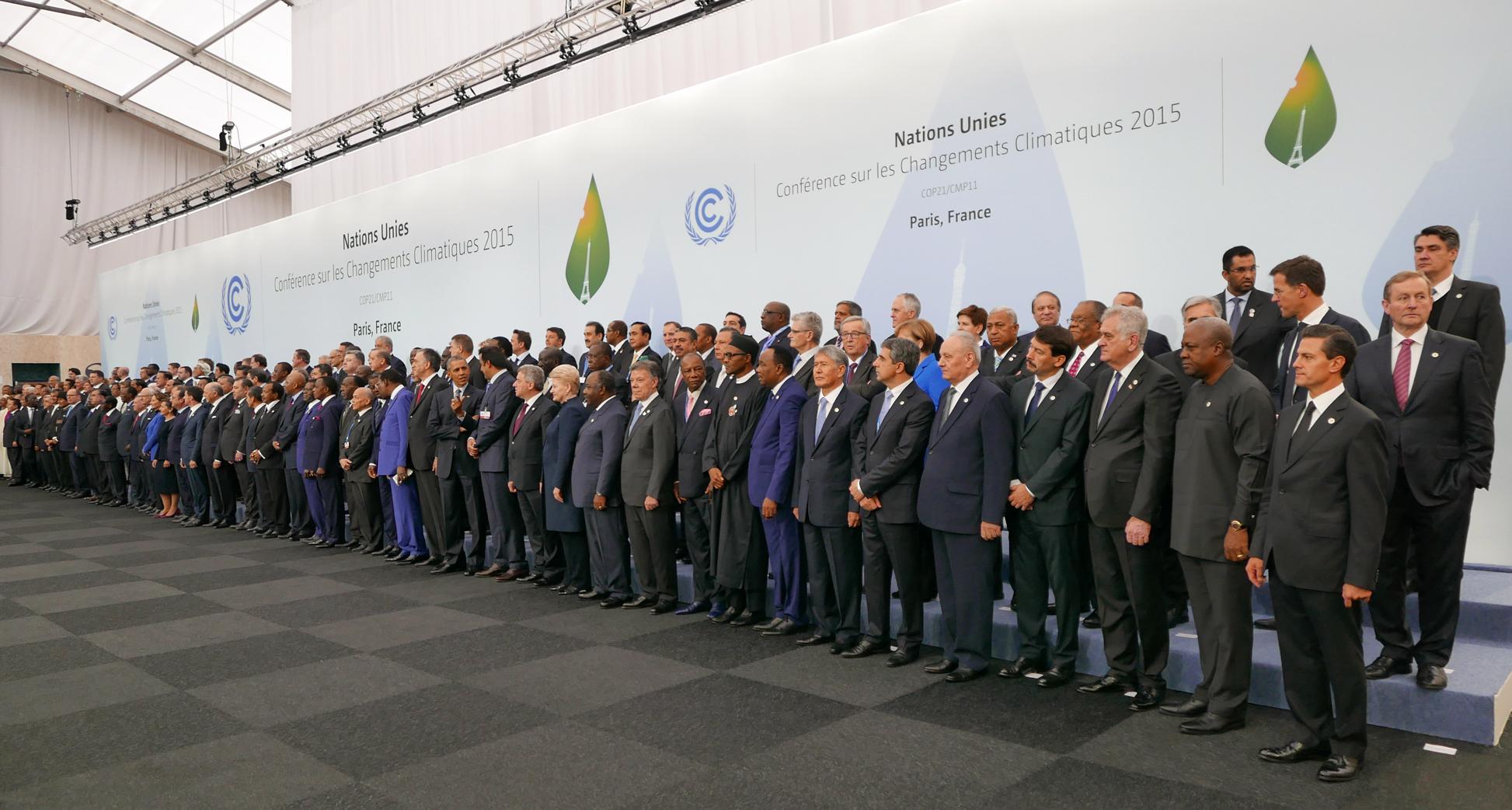WHAT IS COP26?
COP stands for Conference of the Parties. Parties are the signatories of the United Nations Framework Convention on Climate Change (UNFCCC) – a treaty agreed in 1994 which has 197 Parties (196 countries and the EU). The 2021 conference, hosted by the UK, together with our partners Italy, will be the 26th meeting of the Parties, which is why it’s called COP26. United Nations climate change conferences are among the largest international meetings in the world. The negotiations between governments are complex and involve officials from every country in the world as well as representatives from civil society and the global news media.
CLIMATE CHANGE IS THE GREATEST RISK FACING US ALL
Around the world storms, floods and wildfires are intensifying. Air pollution sadly affects the health of tens of millions of people and unpredictable weather causes untold damage to homes and livelihoods. But while the impacts of climate change are devastating, advances in tackling it are leading to cleaner air, creating good jobs, restoring nature and at the same time unleashing economic growth. At COP26 the UK is working with every nation to reach agreement on how to tackle climate change. More than 190 world leaders are expected to arrive in Glasgow, Scotland in November. Most experts believe COP26 has a particular urgency.
THE UK’S LEADERSHIP ON CLIMATE
The UK has a lot to be proud of when it comes to acting on climate change. We have shown that climate action can go hand-in-hand with economic growth. Between 1990 and 2019, we achieved record clean growth. In that time, our economy grew by 78% and our emissions decreased by 44% over this time, the fastest decline in the G7.
- We have decarbonised our economy faster than any other country in the G20 since 2000
- We were the first major economy to put into law that we will reach net zero carbon emissions by 2050
- We are the largest producer of offshore wind energy in the world
- We will end direct government support for the fossil fuel energy sector overseas
- We are doubling our international climate finance to help developing nations with £11.6bn over the next five years up to 2025/2026.
- We have announced the end of the sale of new petrol and diesel cars in the UK by 2030, putting the UK on course to be the fastest G7 country to decarbonise cars and vans
- We will spend at least £3bn of our international climate finance in the next 5 years on nature and nature-based solutions
- We are planting trees on 30,000 hectares of land per year by 2025
- We have announced plans that put farmers at the forefront of reversing environmental decline and tackling climate change
- We will make climate-related disclosures mandatory across the economy by 2025, with most requirements coming in by 2023
- The low carbon sector and supply chain provides over 460,000 jobs in the UK. Our ambition is for up to 2 million green jobs by 2030
Go to the UK’s Conference Brochure “COP26 Explained” to read more:
https://ukcop26.org/wp-content/uploads/2021/07/COP26-Explained.pdf
We’ve got a way to go yet…
Despite all this, the UK will continue to experience domestic challenges as a result of climate change such as rising sea levels, coastal erosion, flooding, river quality, changing weather patterns and biodiversity loss in the years to come and there is still significant mitigation and adaptation to be undertaken. We can all play a role in developing further solutions for society, businesses and government that are effective, scalable and affordable.
“By committing to work together in this way we are laying the foundations for faster progress in the decade to come.”
Additional Information
What is the Paris Agreement?
The Paris Agreement was agreed at COP21 in 2015. For the first time ever, it saw almost every country around the world enter a legally binding commitment to reduce emissions. It was ‘top down’ in that every country, no matter how big or small, signed up to cutting carbon emissions to limit global warming to well below 2 degrees and ideally to 1.5 degrees above preindustrial levels; and it was ‘bottom up’ in that it left room for each individual country to decide how they would get there. These were called Nationally Determined Contributions (NDCs). The Paris Agreement also set out ambitious goals on adaptation and on finance, recognising that many people around the world are already experiencing the impacts of a changing climate, and that financial, technical and capacity building support would be needed.
Why does limiting temperature rise to 2 degrees matter?
At 2 degrees of global warming, there would be widespread and severe impacts on people and nature. A third of the world’s population would be regularly exposed to severe heat, leading to health problems and more heat-related deaths. Almost all warm water coral reefs would be destroyed, and the Arctic Sea ice would melt entirely at least one summer per decade, with devastating impacts on the wildlife and communities they support. We cannot rule out the possibility that irreversible loss of ice sheets in Greenland and the Antarctic could be triggered, leading to several metres of sea level rise over centuries to come. At 1.5°C, the impacts would be serious, but less severe. There would be lower risks of food and water shortages, lower risks to economic growth and fewer species at risk of extinction. Threats to human health from air pollution, disease, malnutrition and exposure to extreme heat would also be lower. That is why every fraction of a degree of warming matters, and why we are dedicated to keeping the prospect of holding temperature rises to 1.5 degrees alive.

